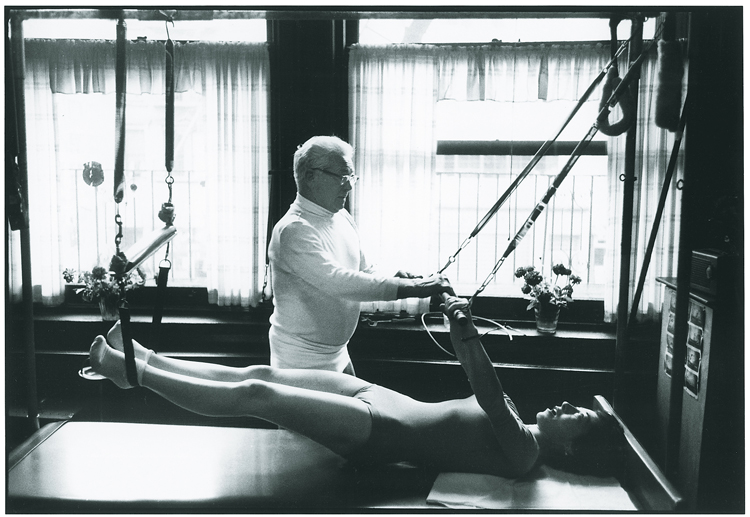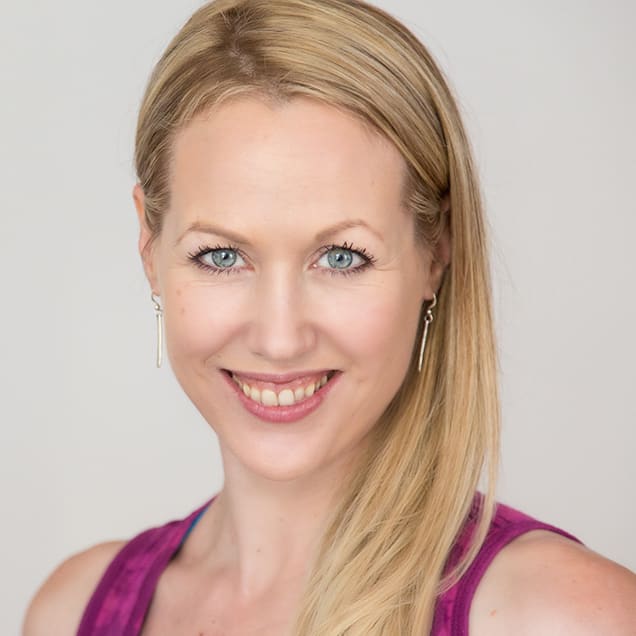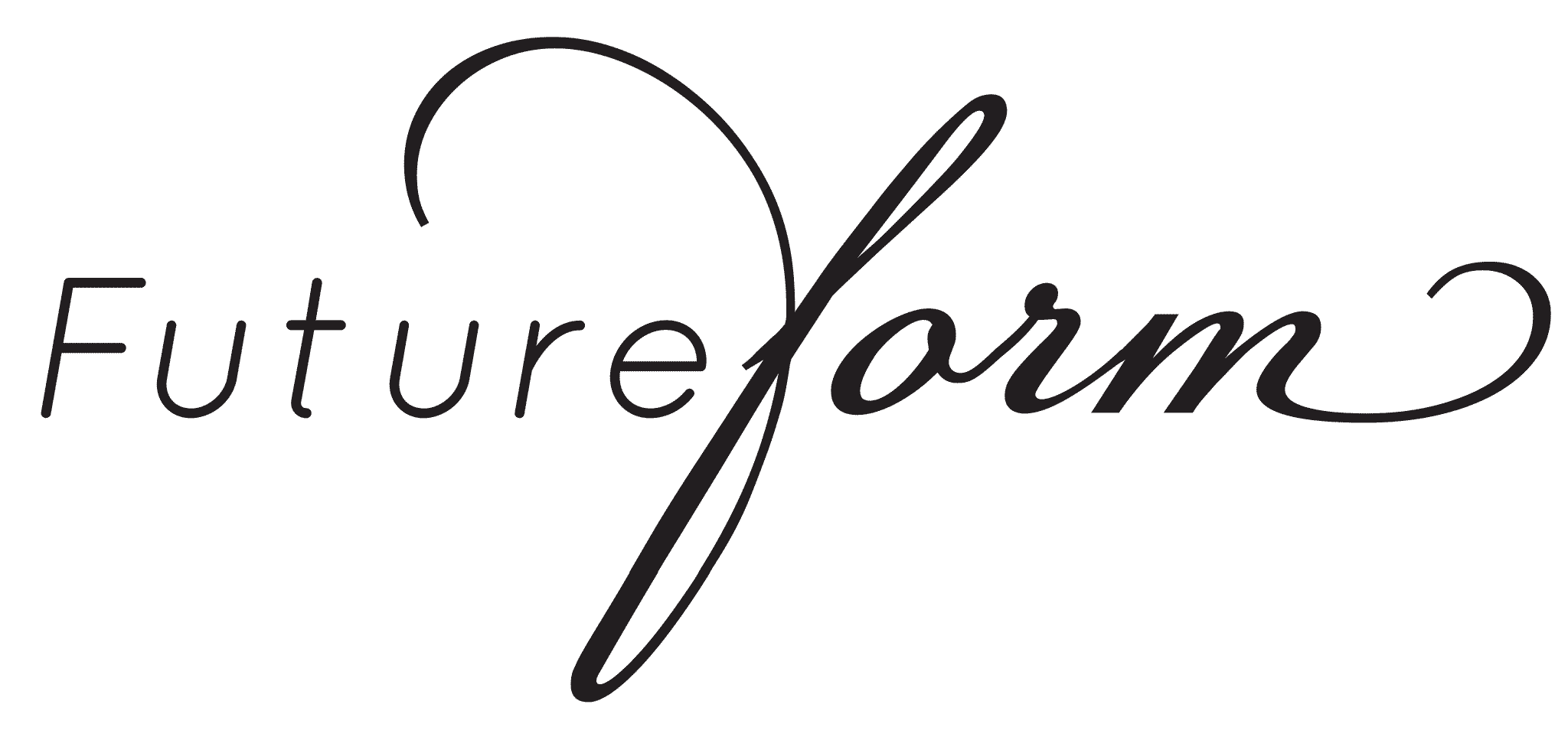
The Six Pilates Principles

Jenny Backlund-Jenkins
Teacher Training Director
Future Form Pilates Education
- Jenny Backlund-Jenkins
- January 23, 2021
- 12:58 pm
- Pilates
- Pilates Basics, Origins of Pilates
The Pilates method is truly unique, in that it brings together principles of movement, in a way that no other exercise discipline does.
Joseph Pilates had a precise and clear vision of how to perform his exercises. He was, however, a taciturn man, to whom detailed oral and written communication did not come naturally. Consequently, over the course of his lifetime and beyond, it has become the role of his original students and the successive generation of master teachers who have followed on from them, to put his teachings into words.
Joseph did not himself use the term ‘principles’ and the so-called ‘Pilates Principles’ were extracted from his original teachings and put into writing by Gail Eisen and Philip Friedman, two students of Joseph’s original protégé, Romana Kryzanowska, in their 1980 book, The Pilates Method of Physical and Mental Conditioning.
The six principles, as defined by Eisen and Friedman, have become the closest thing that Pilates has to a written doctrine. Here we list them and give our own explanation as to their meanings.
1. Concentration
In order understand and execute Pilates exercises correctly, it is essential to be fully conscious of every movement. This demands a heightened state of concentration, in which the mind is free of distraction and tuned-in to every biomechanical progression and muscular engagement.
Concentrate on the correct movement each time you exercise, lest you do them improperly and thus lose all benefits
Joseph Pilates
Pilates exercises cannot be practiced in a state of mental auto-pilot - as is the case with many exercise disciplines. Mastering Joe’s Contrology method in all its precision and nuance, requires a fully-immersed state of physical and mental concentration, in which each part of a movement is felt by the body and processed by the brain.
2. Centering
Centering is the channeling of concentration, in that it describes the mental preparation and internal relaxation required, before engaging in Pilates movement. A prominent example of centering is activation of the core - a process that allows all movements to stem from the centre, in both a physical and mental sense.
3. Control
The concept of control is integral to Pilates, which is underlined by the fact that Joseph originally named his method ‘Contrology’.
You can say what Pilates is in three words : Stretch with strength and control - and the control part is the most important, becauce that makes you use your mind.
Romana Kryzanowska
Meticulous control must be exercised throughout Pilates practice ; from the initial process of centering, to the strict observance of correct sequencing and flow during the exercise , and accompanied throughout by perfectly synchronised coordination of breath and movement.
4. Breathing
Joseph Pilates placed great emphasis on breathing, to the point where he even invented his own breathing contraption, the breath-a-cizer. His principal guidelines on breath patterns during exercise were to empty the lungs entirely on exhaling and to never hold breath during exercise, but rather to exert precise and constant control, in order to prevent pressure on the diaphragm and the consequent outwards bulging of the abdomen.
Wring out your lungs like you would a wet towel.
Joseph Pilates
Fluency is more important than tempo in Pilates Breathing. Breath patterns have an influence on the regularity of the heartbeat and thus on the receptivity and ability of the brain. It is therefore more important to maintain fluent and soft breathing throughout an exercise sequence, in a pattern that is synchronised with the movements (see Control!), than to time the length of each exhalation and inhalation.
Oral and nasal breathing is another important aspect of breathing. The classical school of Pilates in Romana prefers nasal breathing, while the contemporary school of Pilates advocates inhalation through the nose and exhalation through the mouth.
The nose is for breathing and the mouth for kissing.
Joseph Pilates
As an advocate of the classical Pilates syllabus, FFPE adheres to the classical style of nasal breathing.
5. Precision
Precision of movement is only possible in a condition where the first four principles have been applied and, without Precision, it is not possible to engage the correct muscle groups and achieve the goal of a given exercise. Precision is not necessarily synonymous with technique, given that the same exercise will look different, when executed by people with different physiognomies. The principle of Precision in Pilates is, above all, about mastering the movement of one’s own body, so that the objective of an exercise may be achieved.
6. Flow
The principle of Flow refers to a state of constant movement in Pilates practice - even during the transitions between exercises. A fluid flow in a Pilates sequence means that there is no time for taking a break between exercises, and Concentration is therefore critical to good Flow. A loss of Concentration often leads to a break in Flow and a consequent need to stop and recenter.
The principle of Flow is most closely associated with Pilates Mat and Reformer sequences, as both forms of practice require following a set order of exercises, but it is equally important to maintain good flow and concentration, when changing from one apparatus to another.
The principle of Flow refers to a state of constant movement in Pilates practice - even during the transitions between exercises. A fluid flow in a Pilates sequence means that there is no time for taking a break between exercises, and Concentration is therefore critical to good Flow. A loss of Concentration often leads to a break in Flow and a consequent need to stop and recenter.
The principle of Flow is most closely associated with Pilates Mat and Reformer sequences, as both forms of practice require following a set order of exercises, but it is equally important to maintain good flow and concentration, when changing from one apparatus to another.
Do you want to become a Pilates teacher?
SARL Future Form | SIRET 794 218 008 00017 | Training organization n°93060858006
2020 Future Form Pilates Education. All rights reserved.
